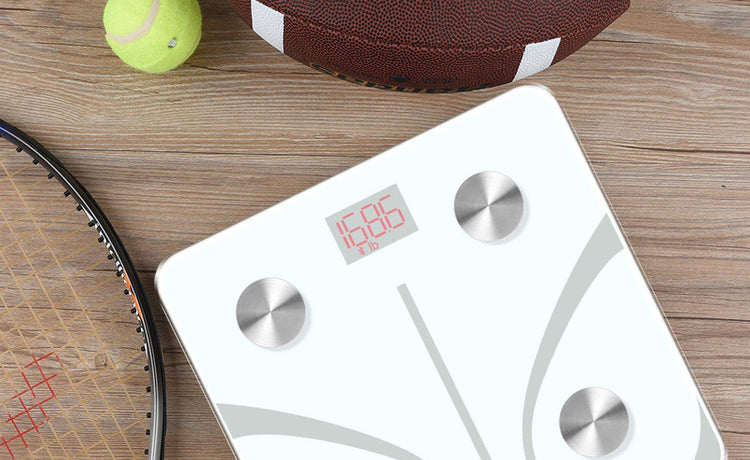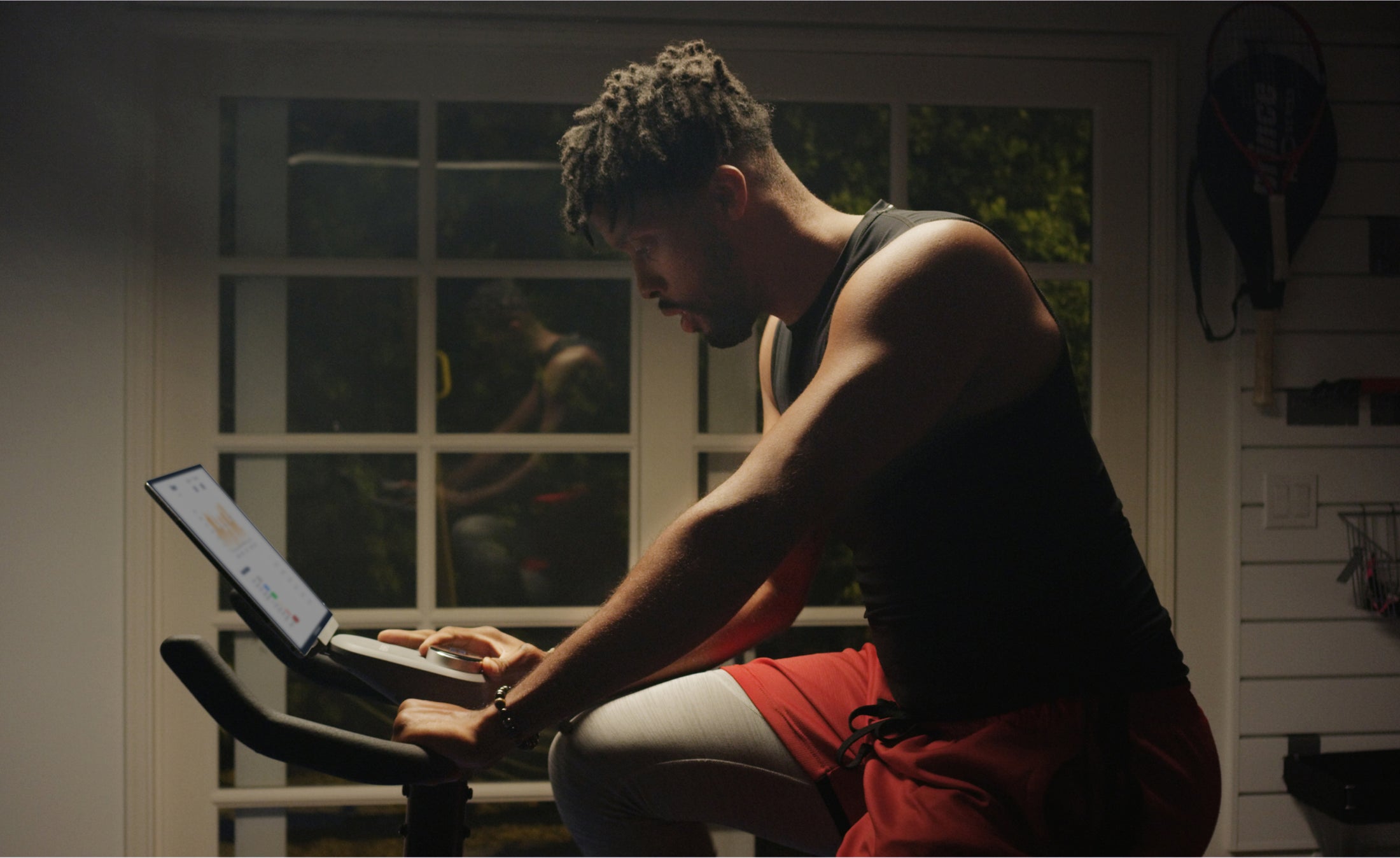Muscle Soreness? The Power of Foam Rolling and Self-Myofascial Release

Stay tuned to our latest news
Foam rolling has become increasingly popular in the fitness world, and for a good reason. This simple, yet highly effective practice has a number of benefits that can help improve flexibility, mobility, and overall performance.
One of the most important benefits of foam rolling is its ability to reduce muscle soreness and prevent injury. By applying pressure to specific muscle groups, foam rolling can release tension and knots in the muscles, which can help to prevent strains and overuse injuries. This can be especially beneficial for athletes and individuals who participate in regular physical activity.
Additionally, foam rolling can also help to improve flexibility and range of motion. By targeting the fascia, which is the connective tissue that surrounds the muscles, foam rolling can help to break up adhesions and increase blood flow to the muscles, leading to improved flexibility and mobility. This can be especially beneficial for individuals who struggle with tight muscles or limited range of motion. We will guide you through the basics of foam rolling and how it could help with muscle recovery.
How Do Foam Rollers Work for SMR?

Self-myofascial release (SMR) is a self-massage technique used to release muscle tightness and improve flexibility and function. The technique involves using a foam roller, lacrosse ball, or other tools to apply pressure to specific points on the body in order to release tension in the fascia, the connective tissue that surrounds and supports the muscles.
One of the best times to use foam rollers for SMR is before a workout. Rolling out your muscles before exercise can help to improve blood flow and mobility, allowing you to move more freely and with less discomfort during your workout. Foam rolling can also help to reduce the risk of injury by loosening up tight muscles and addressing any imbalances or restrictions in your movement patterns.
Foam rollers can also be beneficial after a workout. Rolling out your muscles post-exercise can help to promote recovery by reducing muscle soreness and improving circulation. It can also help to prevent the buildup of adhesions in the muscles, which can limit range of motion and cause discomfort.
In addition to pre- and post-workout use, foam rollers can also be used on rest days or during times of high stress or tension. Sitting for extended periods of time or experiencing stress can cause the muscles to become tight and restricted, leading to discomfort and reduced mobility. Using a foam roller during these times can help to alleviate tension and promote relaxation in the muscles.
Choosing a Foam RollerThrough the years, foam rollers have become a popular tool for athletes and fitness enthusiasts to help improve flexibility, release muscle tension, and aid in post-workout recovery. With so many options available on the market, choosing the right foam roller can be a daunting task. Here are some tips to help you select the perfect foam roller for your needs.
|
What Should Be Targeted?

By utilizing a foam roller or other tools, these techniques target specific muscle groups to release tension and tightness in the muscles and fascia. What are the commonly targeted muscles for foam rolling and SMR?
Calves (Gastrocnemius/Soleus)
The calves are the muscles at the back of the lower legs that help you walk, run, jump, and point your toes. The gastrocnemius is the larger muscle that is good for explosive movements. The soleus is the smaller muscle that is good for endurance activities. Both muscles attach to the heel through the Achilles tendon.
To improve your lower leg strength, power, and endurance, you can do exercises like calf raises, jumping exercises, and sled pushes. To prevent injury and maintain function, you can also stretch, and foam roll your calves regularly.
Adductors
The adductors are the muscles in the inner thighs that help you pull your legs together. They are made up of five muscles: the adductor brevis, adductor longus, adductor magnus, gracilis, and pectineus. They help you stabilize your pelvis and support your lower body during movements like walking, running, and jumping.
Weak adductors can cause problems in your hips and lower back, such as pain, imbalance, and reduced mobility. To strengthen your adductors and prevent injuries, you can do exercises like squats, lunges, and adductor machine exercises.
Tensor Fascia Latae (TFL)
The TFL is a small muscle on the side of the hip that helps to stabilize the pelvis and move the hip. It works with other muscles to keep the lower body aligned and functional. The TFL can be weak or tight, which can cause problems in the hips, lower back, and knees. Tightness can also lead to ITBS, a knee injury.
To keep the TFL balanced and strong, you can do exercises like lateral leg lifts, clamshells, and hip abduction exercises. You can also stretch and mobilize the TFL to reduce tightness and improve mobility.
The TFL is important for hip and lower body function and performance. By keeping it strong and mobile, you can prevent pain and injury and support your physical activities.
Piriformis
The piriformis is a small muscle in the buttock that helps to rotate the hip and move the leg away from the body. It also stabilizes the hip joint during weight-bearing activities. The piriformis can be tight or inflamed, which can cause piriformis syndrome. This syndrome can cause sciatica, a pain that runs down the leg. This can make sitting, walking, or climbing stairs very hard.
Latissimus Dorsi
The latissimus dorsi, or lats, is the biggest muscle in the upper body that helps with arm, shoulder, and back movements. It is a wide, flat muscle on the back that goes from the lower spine to the upper arm.
The lats can pull the arms down and back, rotate the arms inward, and bring the arms to the body. This is important for activities like pulling, lifting, and climbing. The lats also help with posture and spine stability.
To work out the lats, you can do exercises like pull-ups, chin-ups, rows, and lat pulldowns. These exercises can make the muscle stronger and improve upper body strength and stability. A strong lats can also help with sports and other physical activities, and prevent injury.
Thoracic Spine
The thoracic spine, or upper or middle back, is the part of the spine that goes from the neck to the rib cage. It has 12 vertebrae and provides stability and support for the upper body. It also protects the organs in the chest, like the heart and lungs.
The thoracic spine can move in many ways, especially in rotating and bending the torso. This is important for everyday activities like reaching, bending, and twisting. But the thoracic spine can also get injured and cause pain and discomfort.
One common problem with the thoracic spine is bad posture. Many people sit for long hours or slouch over devices, which can make the back rounded or hunched. This posture puts too much stress on the muscles and ligaments of the thoracic spine, making it stiff and sore.
Besides bad posture, the thoracic spine can also have issues like osteoarthritis, herniated discs, and compression fractures. These issues can cause symptoms like pain, numbness, tingling, and weakness in the upper back, chest, and arms.
To keep the thoracic spine healthy, it is important to have good posture and do exercises that make the upper back stronger and more flexible. This can include activities like yoga, Pilates, and strength training exercises that work the muscles of the upper back and shoulders.
Exercises You Could Do with a Foam RollerThere are a variety of foam roller exercises that target different muscle groups and areas of the body. Here are some of the top foam roller exercises to incorporate into your fitness routine:
|
Are There Alternatives to Foam Rollers?
If you're looking for other methods besides foam rollers for SMR, there are plenty of options out there that may be more cost effective or more suitable for your needs.
Massage Guns
@izcelsgirlfriend @RENPHO #RENPHOrelax#blackfridayearlydeals#blackfriday#holidaygifts#holidaygiftseries#holidaygiftideas#christmasgifts#christmasgiftideas#giftsforhim#giftsforher#giftideas#christmas#tiktokshop ♬ been away jersey club - Ali Beats
Massage guns have become increasingly popular in recent years, especially among athletes and fitness enthusiasts. These handheld devices are designed to deliver deep tissue massage and help relieve muscle tension, soreness, and other aches and pains.
The massage gun works by delivering rapid pulses of pressure into the muscle tissue, which helps to increase blood flow to the area and break up knots and adhesions in the muscles. This can help to improve flexibility, reduce muscle stiffness, and speed up the recovery process after a workout.
When shopping for a massage gun, it's important to consider factors such as the device's speed settings, attachments and accessories, battery life, and overall build quality. Consider the RENPHO Active Thermacool Massage Gun, a device that can provide deep tissue massage with heat and cold options. It can help replicate the effects of self-myofascial release (SMR), which is a technique that involves applying pressure to tight or sore muscles and connective tissues. SMR can help improve blood circulation, range of motion, and pain relief.
It can deliver powerful percussion to the target areas, as well as heat up to 45°C or cool down to 8°C, depending on the preference and needs of the user. By using this device, the user can experience a more intense and effective SMR session, which can enhance their muscle recovery and performance.
Barbells

A barbell is a fundamental piece of equipment in any gym setting. It is a long metal bar with weight plates on each end that can be used for a variety of exercises, including squats, deadlifts, bench press, and overhead presses. The bar itself comes in different lengths and thicknesses, and can be made from different materials, such as steel, rubber-coated, or chrome-plated.
One of the key advantages of using a barbell is its ability to add significant amounts of resistance to exercises, allowing for greater strength and muscle gains. By simply adding or removing weight plates, the barbell can be customized to individual strength levels and fitness goals. This makes it a versatile tool for both beginners and advanced lifters.
In addition to its versatility, using a barbell also allows for a greater range of motion compared to using machines or other types of equipment. This can lead to improved muscle activation and overall muscle development. The unstable nature of barbell exercises also engages the stabilizer muscles, helping to improve balance and coordination.
Manual Massage Sticks
@renpho Unwrap relaxation with the RENPHO Reach Massage Gun – the perfect gift to knead away holiday stress! 🎁💆♂️ #RENPHOrenew #RENPHOrecover #RENPHOrelax #blackfridayearlydeals, #blackfriday, #holidaygifts, #holidaygiftseries, #holidaygiftideas, #christmasgifts, #christmasgiftideas, #giftsforhim, #giftsforher, #giftideas, #christmas, #tiktokshop #TikTokShop #vlogmas #advertcalendar #merrychristmas ♬ original sound - RENPHO
Massage therapy has been used for centuries to promote relaxation, reduce muscle tension, and improve overall well-being. While many people turn to professional massages for these benefits, manual massage sticks provide a convenient and cost-effective way to perform self-massage at home or on the go.
Manual massage sticks are handheld tools specifically designed for self-massage. They typically feature a long, cylindrical shape with a series of bumps, ridges, or grooves along the surface. These textured surfaces are designed to target specific muscles and provide a deep, therapeutic massage.
One of the key benefits of using a manual massage stick is its versatility. Unlike traditional massage tools, such as foam rollers or massage balls, manual massage sticks allow for precise, targeted massage. This makes them an ideal choice for individuals looking to address specific areas of tension or discomfort.
In addition to targeting specific muscles, manual massage sticks can also be used to perform a variety of massage techniques. By applying different amounts of pressure and varying the direction of the strokes, users can customize their massage based on their individual needs and preferences.
Renpho Health Tips
-
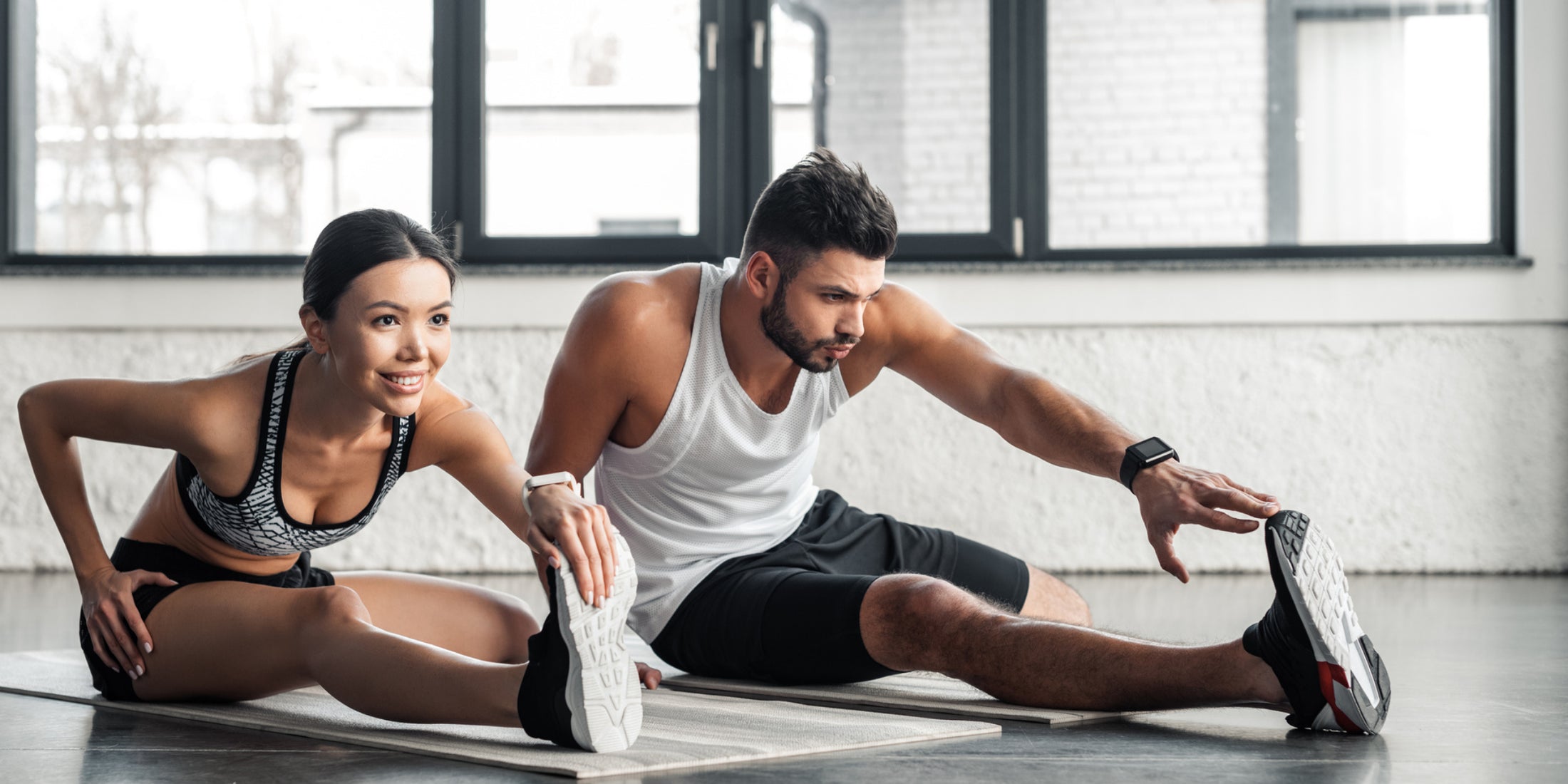
How Restorative Yoga and Stretching Can Help You Relax and Recover
December 10, 2023
Read more >
-
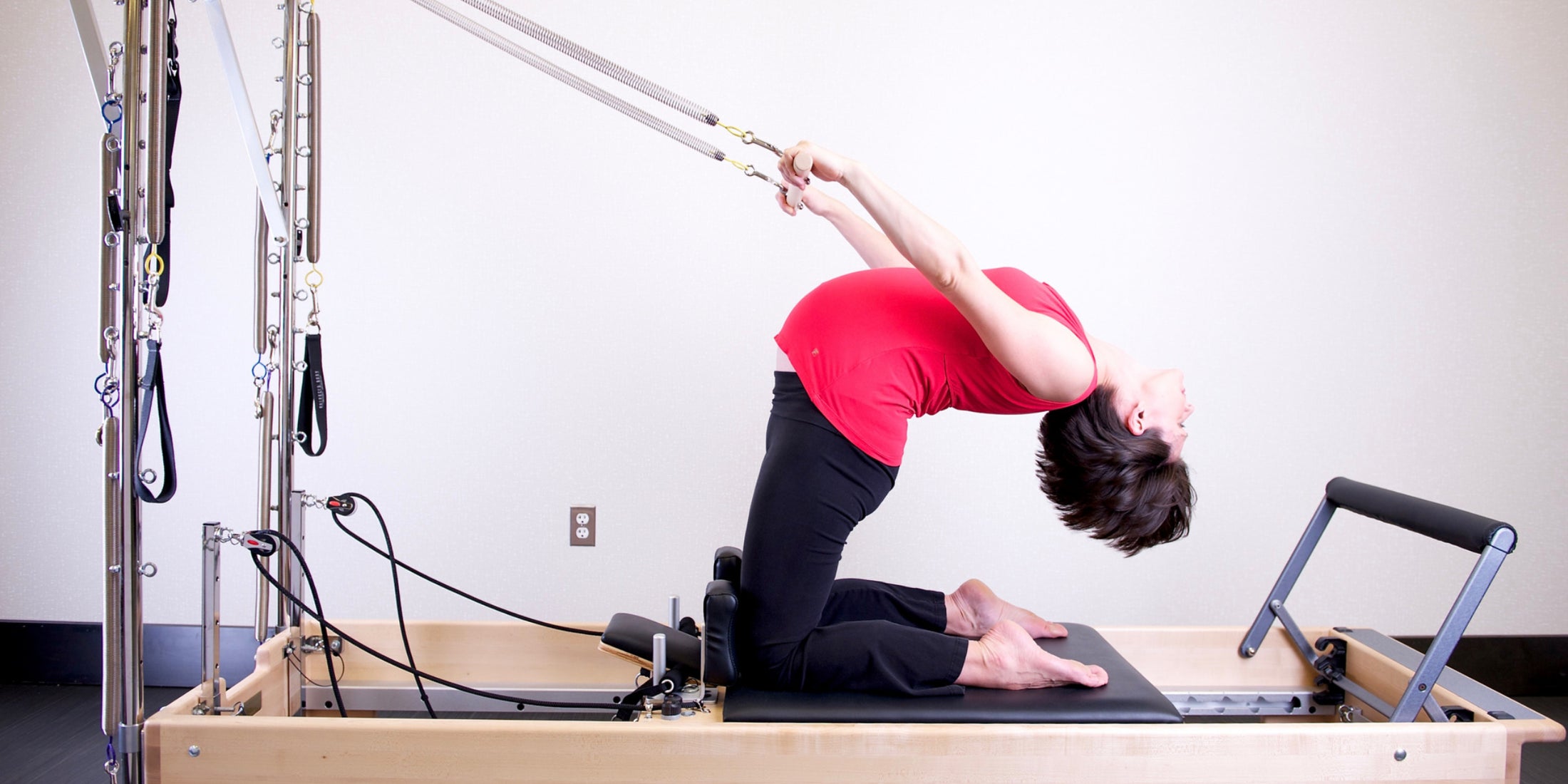
How Pilates Can Boost Your Core Strength and Flexibility
November 3, 2023
Read more >
-

Holiday Fitness Fun: Being Creative While Staying Active
December 5, 2023
Read more >
-

5 Reasons Why Hiking Could Be Your Next Therapeutic Escape
November 23, 2023
Read more >
-
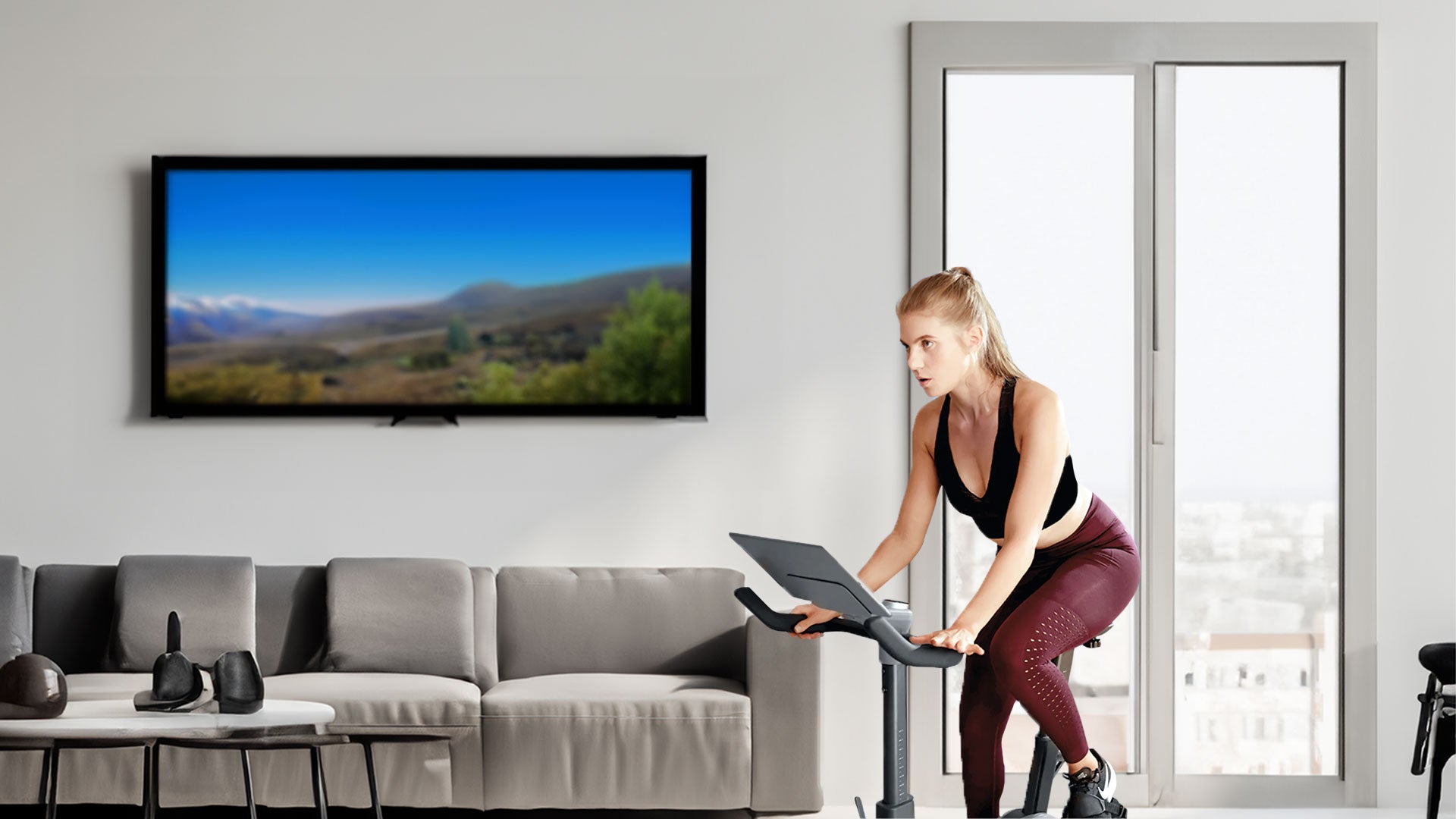
Conquer Your Fitness Goals with a Budget-Friendly Home Gym
November 28, 2023
Read more >



